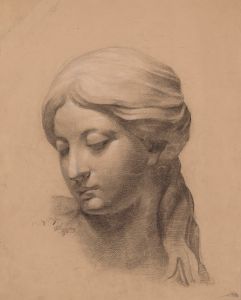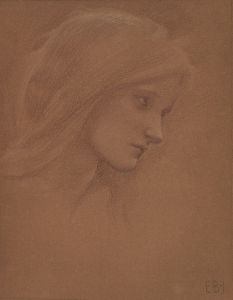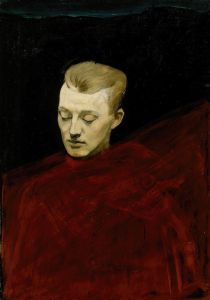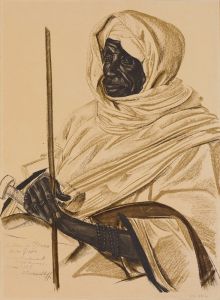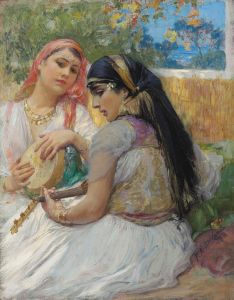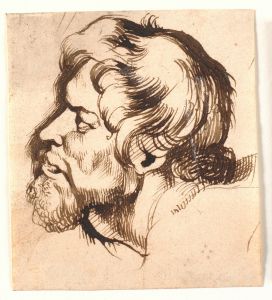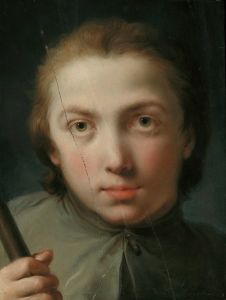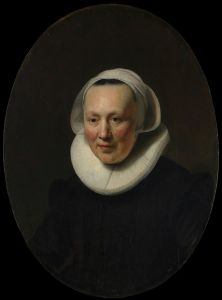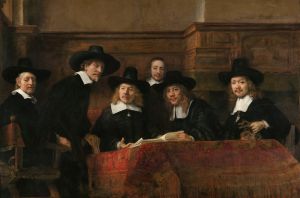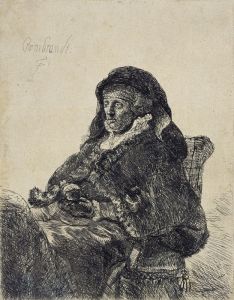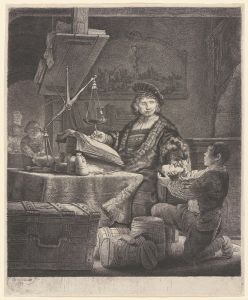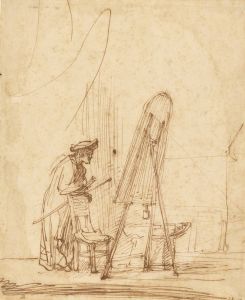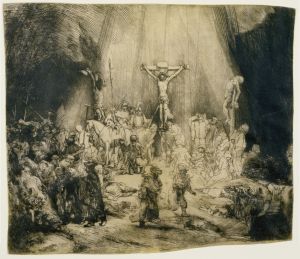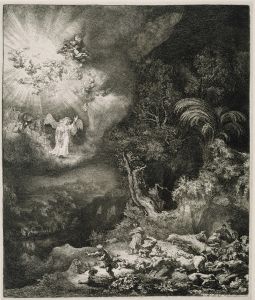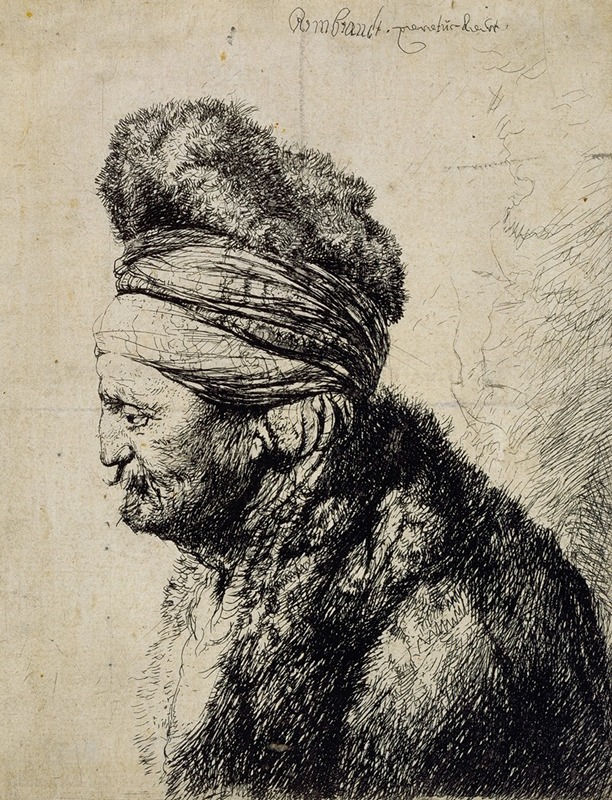
The Second Oriental Head
A hand-painted replica of Rembrandt van Rijn’s masterpiece The Second Oriental Head, meticulously crafted by professional artists to capture the true essence of the original. Each piece is created with museum-quality canvas and rare mineral pigments, carefully painted by experienced artists with delicate brushstrokes and rich, layered colors to perfectly recreate the texture of the original artwork. Unlike machine-printed reproductions, this hand-painted version brings the painting to life, infused with the artist’s emotions and skill in every stroke. Whether for personal collection or home decoration, it instantly elevates the artistic atmosphere of any space.
"The Second Oriental Head" is an oil painting created by the Dutch master Rembrandt van Rijn. This artwork is part of a series of studies of heads, often referred to as "tronies," which Rembrandt painted throughout his career. These studies were not intended as formal portraits but rather as explorations of character, expression, and exotic attire.
The painting, believed to have been completed around 1635, depicts a man wearing a turban, a common feature in Rembrandt's "Oriental" studies. The subject's head is turned slightly to the left, and his gaze is directed off to the side, creating a sense of contemplation or introspection. The use of light and shadow in the painting is characteristic of Rembrandt's style, with a strong contrast between the illuminated face and the darker background, which serves to highlight the subject's features and the texture of the turban.
Rembrandt's fascination with "Oriental" subjects can be attributed to the cultural and commercial exchanges between the Dutch Republic and the Ottoman Empire during the 17th century. Amsterdam, where Rembrandt lived and worked, was a bustling trade hub, and the influx of goods, people, and ideas from the East had a significant impact on the city's artistic community. The exotic costumes and accessories featured in these paintings reflect the fascination and curiosity that Europeans had for the cultures of the Near and Middle East.
"The Second Oriental Head" is notable for its detailed rendering of the subject's facial features and the intricate folds of the turban. Rembrandt's skillful use of chiaroscuro – the contrast between light and dark – adds depth and dimension to the painting, creating a lifelike representation of the subject. The painting also demonstrates Rembrandt's ability to capture the subtleties of human expression, conveying a sense of individuality and personality in the subject.
This painting is part of a broader body of work that includes other "Oriental" studies, such as "The Man with the Golden Helmet" and "The Old Man with a Turban." These works collectively showcase Rembrandt's interest in exploring different types of human physiognomy and his ability to imbue his subjects with a sense of dignity and presence.
"The Second Oriental Head" is housed in the Gemäldegalerie in Berlin, Germany. The painting is considered an important example of Rembrandt's work during the mid-1630s, a period when he was gaining recognition for his innovative approach to portraiture and his mastery of light and shadow. The painting continues to be studied and admired for its technical excellence and its contribution to the understanding of Rembrandt's artistic development.
In summary, "The Second Oriental Head" by Rembrandt van Rijn is a significant work that exemplifies the artist's skill in capturing the essence of his subjects through the use of light, shadow, and detailed rendering. It reflects the cultural exchanges of the time and remains an important piece in the study of Rembrandt's oeuvre.





